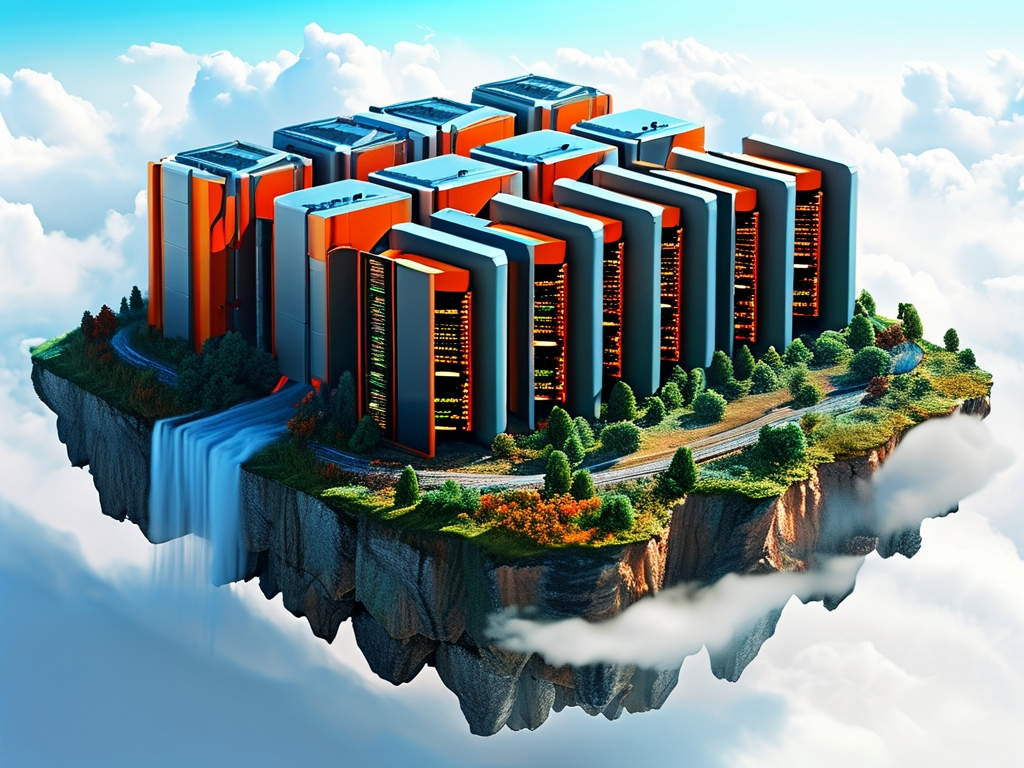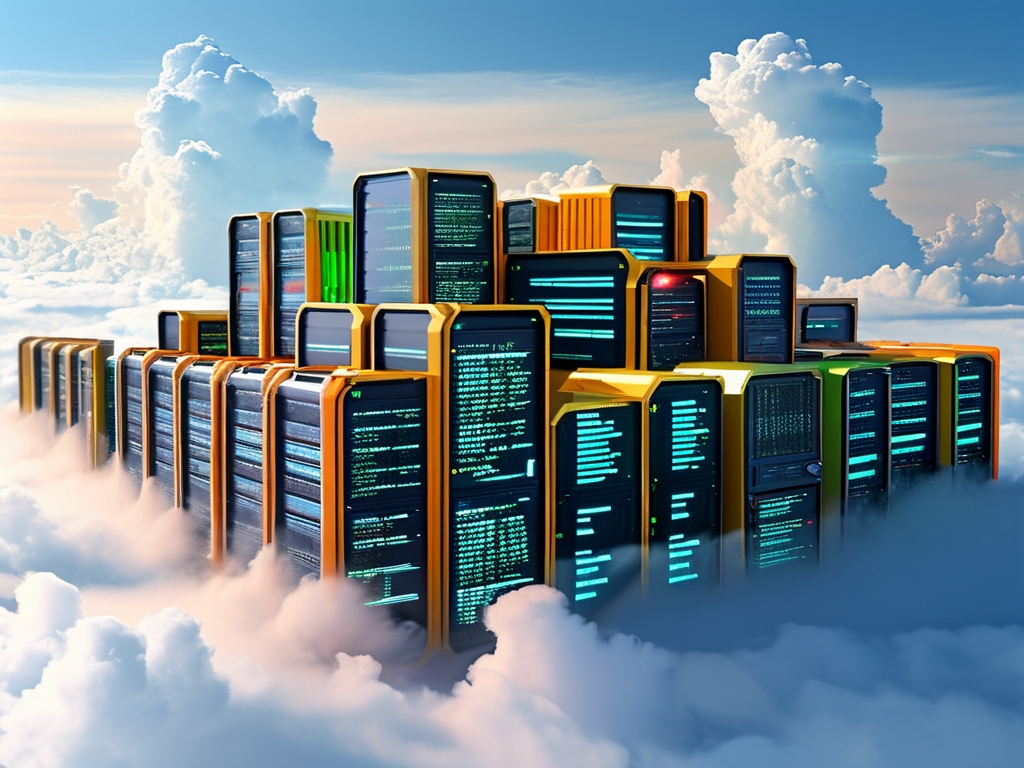In the era of digital transformation, cloud-based distributed computing has emerged as a cornerstone of modern IT infrastructure. By combining the scalability of cloud platforms with the efficiency of distributed systems, organizations can tackle complex computational challenges while optimizing costs and performance. This article explores the fundamentals, benefits, challenges, and future trends of cloud-based distributed computing architectures.
Understanding Cloud-Based Distributed Computing
Distributed computing refers to a system where multiple computers collaborate over a network to achieve a common goal. When integrated with cloud infrastructure, this model leverages virtually unlimited resources—such as storage, processing power, and memory—hosted across geographically dispersed data centers. Cloud platforms like AWS, Google Cloud, and Microsoft Azure provide the backbone for deploying distributed applications, enabling seamless scaling and fault tolerance.

Key components of such architectures include:
- Microservices: Breaking applications into smaller, independent services that communicate via APIs.
- Containerization: Tools like Docker and Kubernetes orchestrate workloads across clusters.
- Load Balancing: Distributing tasks evenly to prevent bottlenecks.
- Data Partitioning: Splitting datasets into shards for parallel processing.
Advantages of Cloud-Based Distributed Systems
- Scalability: Cloud environments allow horizontal scaling by adding nodes on-demand. For instance, an e-commerce platform can automatically scale server capacity during holiday sales.
- Cost Efficiency: Pay-as-you-go models reduce upfront investments. Companies only pay for resources consumed, minimizing waste.
- Resilience: Distributed systems inherently reduce single points of failure. If one node fails, others compensate, ensuring continuity.
- Global Reach: Cloud providers offer data centers worldwide, enabling low-latency access for users in different regions.
Challenges and Solutions
Despite its benefits, implementing cloud-based distributed architectures poses challenges:

- Complexity: Managing interconnected services requires robust monitoring tools (e.g., Prometheus, Grafana) and automation pipelines.
- Data Consistency: Ensuring coherence across distributed databases demands strategies like eventual consistency or distributed transactions.
- Security: Multi-tenant environments increase exposure to breaches. Encryption, zero-trust frameworks, and regular audits mitigate risks.
- Network Latency: Geo-redundant deployments and content delivery networks (CDNs) help reduce delays.
Real-World Applications
- Big Data Analytics: Platforms like Apache Hadoop and Spark process petabytes of data across cloud clusters. For example, Netflix uses AWS to analyze viewer behavior in real time.
- AI/ML Training: Distributed computing accelerates model training by splitting workloads. Google’s TensorFlow leverages cloud GPUs for deep learning tasks.
- IoT Systems: Billions of IoT devices generate data processed in cloud-based distributed environments. Smart cities use this architecture for traffic management and energy optimization.
- Blockchain Networks: Decentralized ledgers rely on distributed nodes hosted on cloud servers to validate transactions securely.
Future Trends
- Edge Computing Integration: Combining cloud resources with edge nodes will reduce latency for time-sensitive applications like autonomous vehicles.
- Serverless Architectures: Platforms like AWS Lambda abstract infrastructure management, allowing developers to focus purely on code.
- Quantum Computing Readiness: Cloud providers are experimenting with quantum-ready distributed systems to solve previously intractable problems.
- Sustainable Cloud Practices: Energy-efficient data centers and carbon-aware workload scheduling will gain prominence.
Cloud-based distributed computing is reshaping how businesses operate, offering unparalleled flexibility and power. While challenges like complexity and security persist, advancements in tools and methodologies continue to address these gaps. As technologies like edge computing and AI evolve, the synergy between cloud and distributed systems will unlock new possibilities, driving innovation across industries. Organizations that embrace this architecture today will be better positioned to thrive in tomorrow’s data-driven world.

